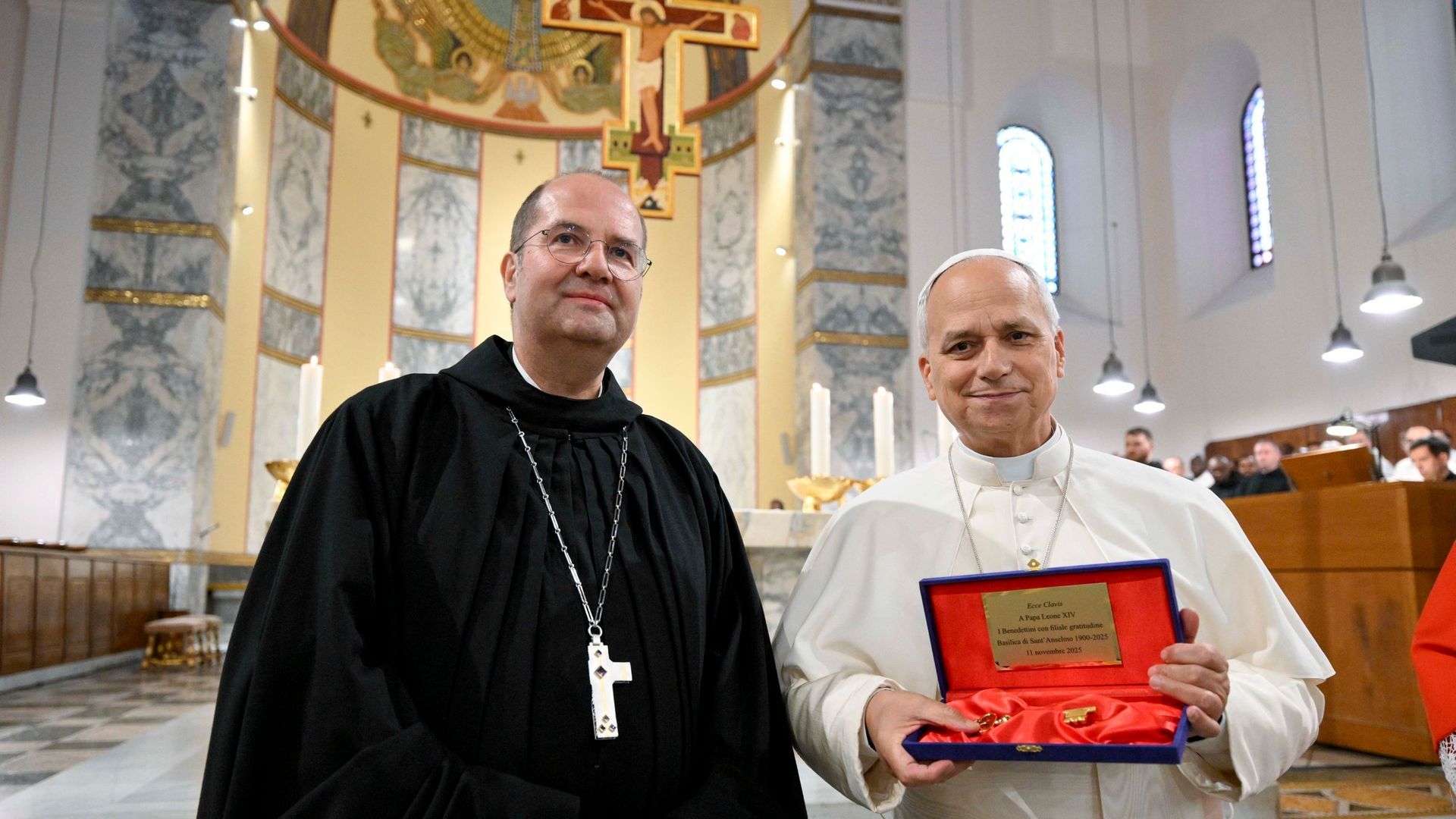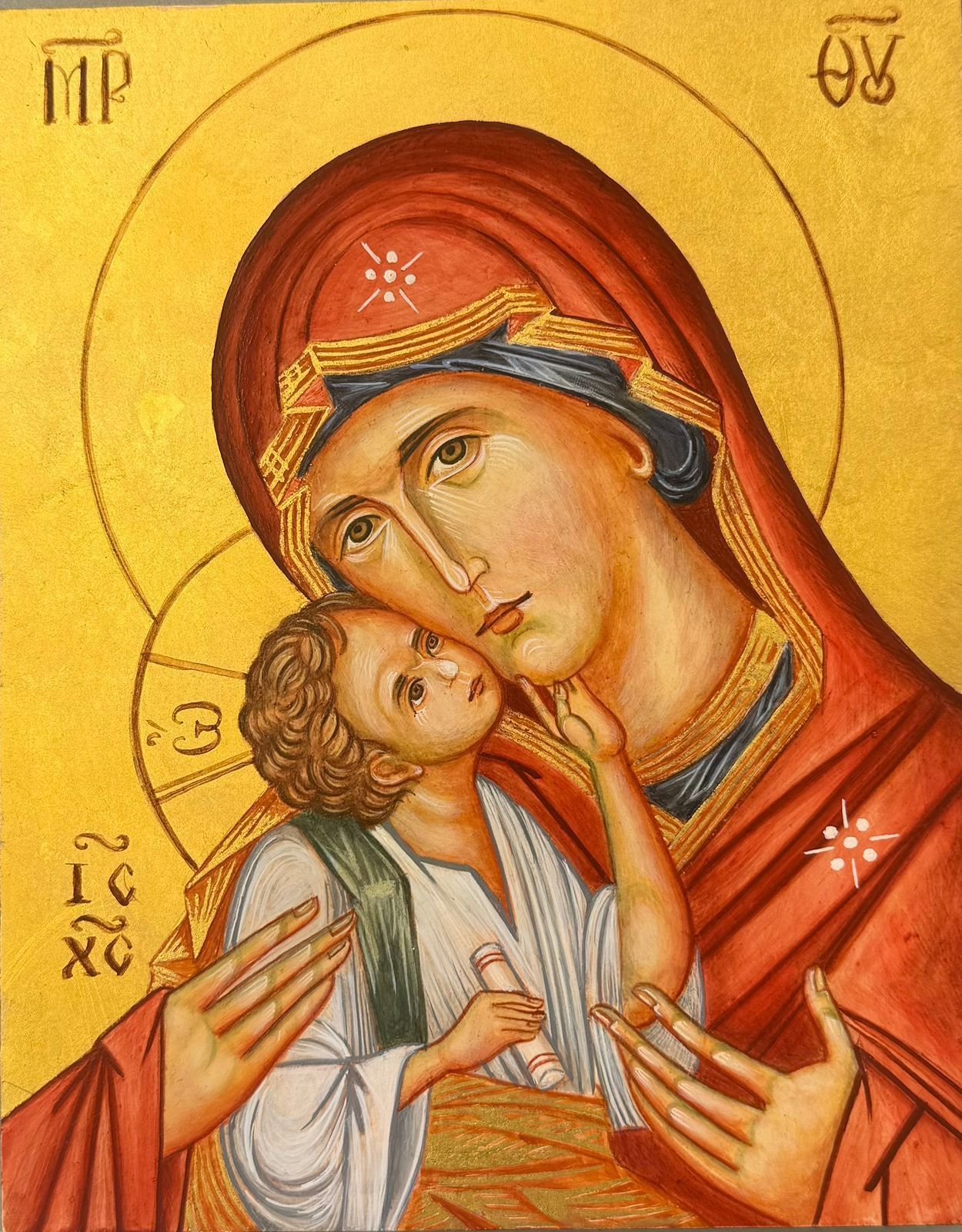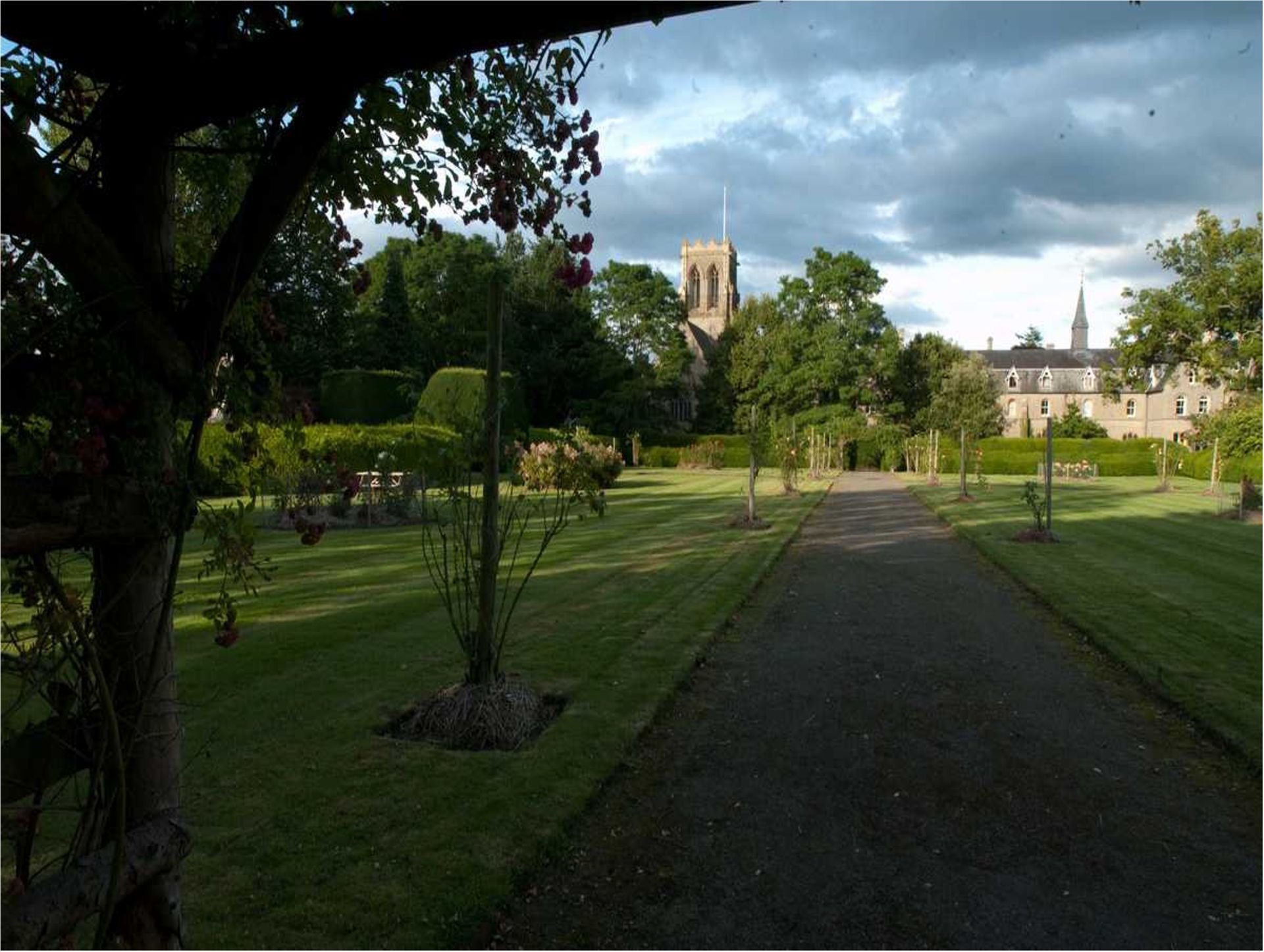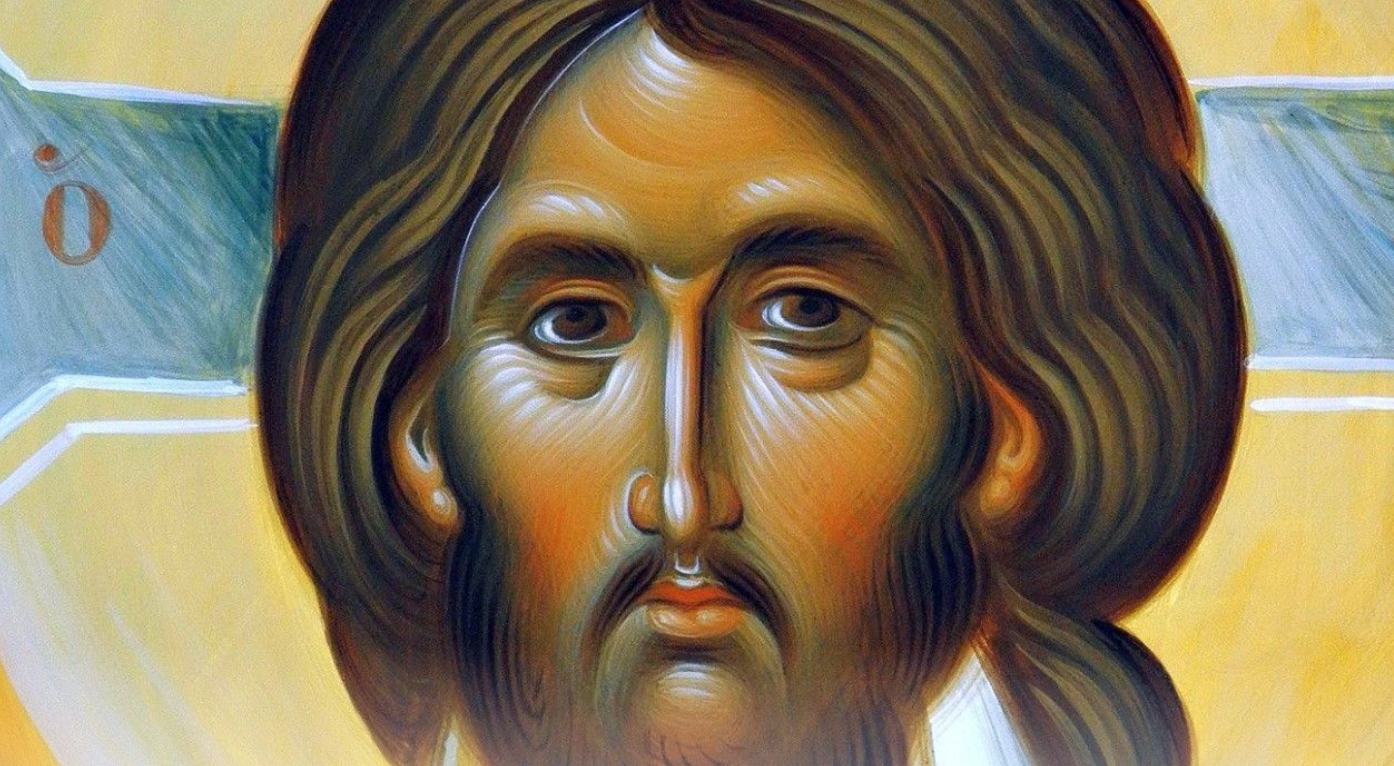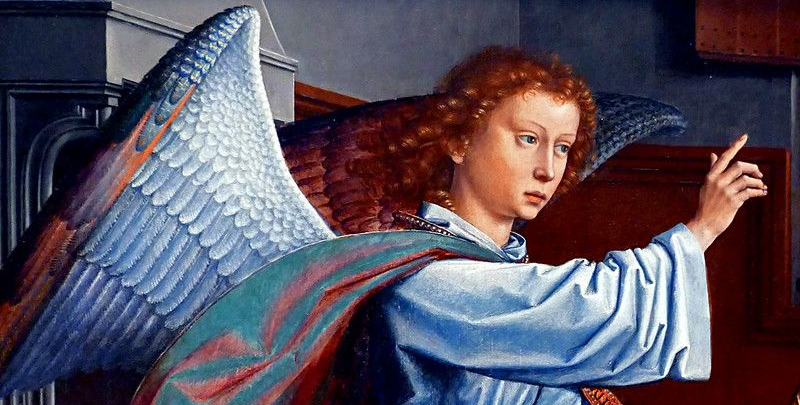For Christians the Resurrection of Jesus is the source of our joy.
Abbot Paul reflects on our experience of Easter: “Dux vitae mortuus regnat vivus” – The Lord of life is dead yet lives and reigns”
“When the women returned from the tomb, they told all this to the Eleven and to the others, but this story of theirs seemed pure nonsense, and they did not believe.” “Pure nonsense” is what we’re celebrating tonight. The apostles and the other disciples found the news of the empty tomb and the message of the angels to the women, that the Lord Jesus had risen from the dead, simply impossible to believe, in fact, “pure nonsense”. No doubt, we would have reacted in the same way. So it shouldn’t surprise us today when we read and hear all sorts of wild interpretations about Jesus, the Resurrection, the Gospel, the Christian faith and the Church. It was the same at the beginning, starting with the scribes and Pharisees. As for the disciples, it wasn’t the news they were expecting or hoping for and they couldn’t understand what was happening. They were being asked to believe the impossible.
We learn by making mistakes and
reflecting on personal experience. The same happened with the apostles. What
the angels had told the women slowly began to sink in. “Why look among the dead
for one who is alive? He is not here: he is risen. Remember what he told you;
that the Son of Man had to be handed over into the power of sinful men and be
crucified, and rise again on the third day.” Pure nonsense or not, they had
better go and see for themselves what on earth was going on. Think of the
reaction of Thomas, when the others told him something similar to what the
women are saying tonight, “Unless I see the holes in his hands and can put my
fingers into the holes and unless I can put my hand into his side, I refuse to
believe.”
So, early in the morning on the first day of the week,
something finally twigged in Peter’s mind. Hadn’t he heard Jesus talk about
this very moment many times? He went
running to the tomb and, finding it empty, came back, amazed at what he had seen.
His doubts began to evaporate in the first light of dawn. He was beginning to
believe: he was beginning to see the light. Only gradually, as Jesus appeared
first to one, then to another, then finally to all of them, did the disciples
come to believe that he had truly risen from the dead. Even so, remember what
Jesus said to Thomas, “Blessed are they who have not seen and yet believe.”
We give thanks to God for the gift of faith.
It might still be “pure nonsense” for many, but for us Christians the
Resurrection of Jesus is the source of our joy. It is the key that opens the
door to understanding life and death and, ultimately, God’s plan for his creation.
In the Resurrection we see the light of truth.
St Paul, writing to the Romans, gives us this interpretation of the Paschal mystery, “When we were baptised, we went into the tomb with Christ Jesus, so that as Christ was raised from the dead by the Father’s glory, we too might live a new life. When he died, he died to sin once for all, so his life in now life with God. So you too must consider yourselves to be dead to sin, but alive for God in Christ Jesus.”
“Now we are those witnesses – we have eaten and drunk with him after his resurrection from the dead.”
At the house of Cornelius, Peter, filled with the Holy Spirit, addressed those gathered there. They were about to experience a new Pentecost. He spoke to them of Jesus. Most people presumed he was dead and buried, but Peter was saying something that took their breath away: Jesus had been crucified, but three days’ later he had been raised to life by God. Not only that, he was even suggesting that Jesus was God, for “all who believe in Jesus will have their sins forgiven through his name.” The Pharisees had been right, only God can forgive sin, yet Jesus often told those he healed, “your sins are forgiven”. Peter was claiming that, if people believed in his resurrection, Jesus would forgive their sins. “God anointed him with the Holy Spirit and with power and because God was with him, Jesus went about doing good.”
But Peter had more to say: “Now we are those witnesses – we have eaten and drunk with him after his resurrection from the dead.” Who was he talking about? The Apostles, Our Lady, Mary Magdalene and the other women: those closest to Jesus. Then there were friends such as Mary, Martha and Lazarus and those he had healed or simply met on the road like Bartimaeus, lepers and paralytics, the woman with the haemorrhage, the Samaritan woman at Jacob’s well, the widow of Nain and so on. What about the small boy who had provided the loaves and fishes to feed the five thousand? Then there were those who had been with him at the end: Veronica and Simon of Cyrene, Nicodemus and Joseph of Arimathaea.
To all these you can add St Paul.
Not only does he give us the earliest account of the Last Supper, he was able
to write what we heard this morning. “Christ, our Passover, has been
sacrificed; let us celebrate the feast, by casting away the old yeast of evil
and wickedness, having only the unleavened bread of sincerity and truth.” In
fact, all those, who throughout history have believed in Jesus, those who have
done in his memory what he commanded us to do and, “have eaten and drunk with
him after his resurrection from the dead”.
We are celebrate our Easter Mass in memory of his death and
resurrection and, in the power of the Holy Spirit we make those saving events a
present reality in the life of the Church. That, after all, is the meaning of
the Real Presence. At this Paschal Banquet, we are present with Jesus in the
Upper Room, we are with him on Calvary and in the Easter Garden. Like Mary
Magdalene we see the stone rolled away. Like Peter and the Beloved Disciple we
look inside the empty tomb; we see and we believe. Like the two disciples on
the road to Emmaus our hearts burn within us as Jesus walks with us and
explains the scriptures to us and we recognise him in the breaking of bread.
Like the disciples at Pentecost we too have received the gift of the Spirit,
the fullness of grace, and now we too bear witness to Jesus. We proclaim him to
be Lord and Saviour and that in him alone do we find salvation. “Now we are
those witnesses – we have eaten and drunk with him after his resurrection from
the dead.”
In the Victimae Paschali we sing the
words, “Dux vitae mortuus regnat vivus” – The Lord of life is dead yet lives
and reigns.” Where there is death, there is life, where there is sorrow, joy,
where there is darkness, light, where there is hatred, love, and where there is
doubt, there is also faith. He is dead, yet he lives.




